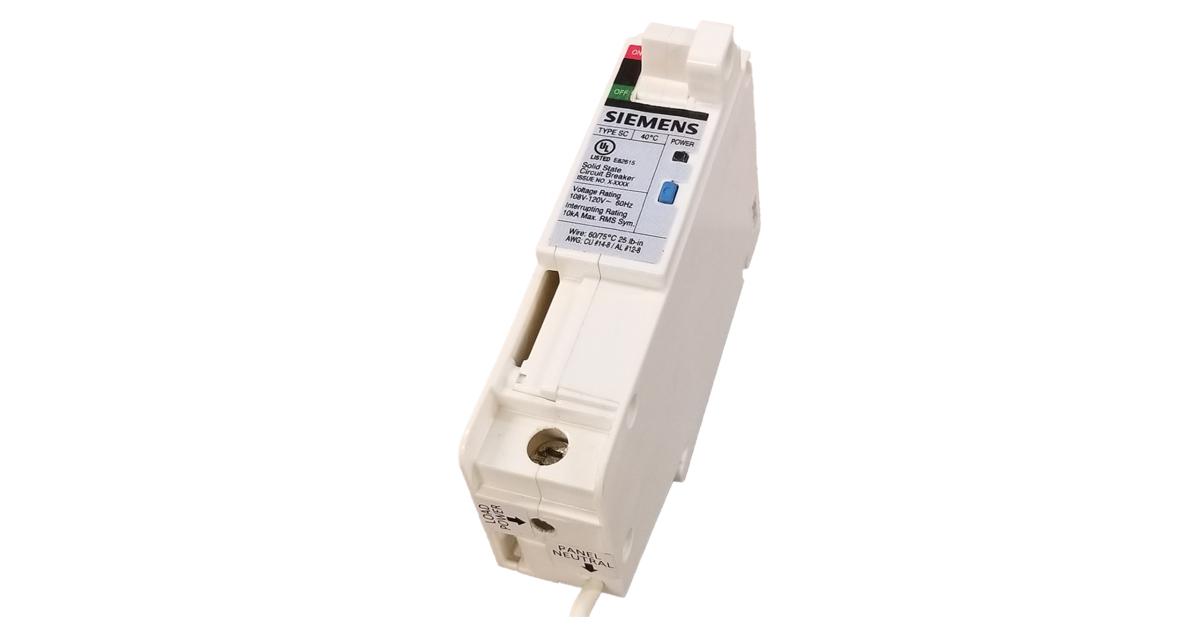petersonra
Senior Member
- Location
- Northern illinois
- Occupation
- Semi-retired engineer

Siemens First to Receive UL Listing for 120-Volt, Single Pole Solid-state Circuit Breaker
Siemens is the first company to successfully receive UL listing for a 120-volt, single pole solid-state circuit breaker. The solid-state breaker conce
www.businesswire.com


